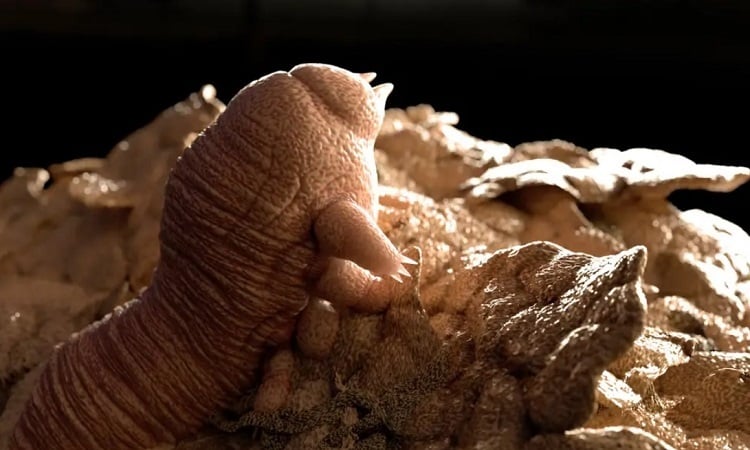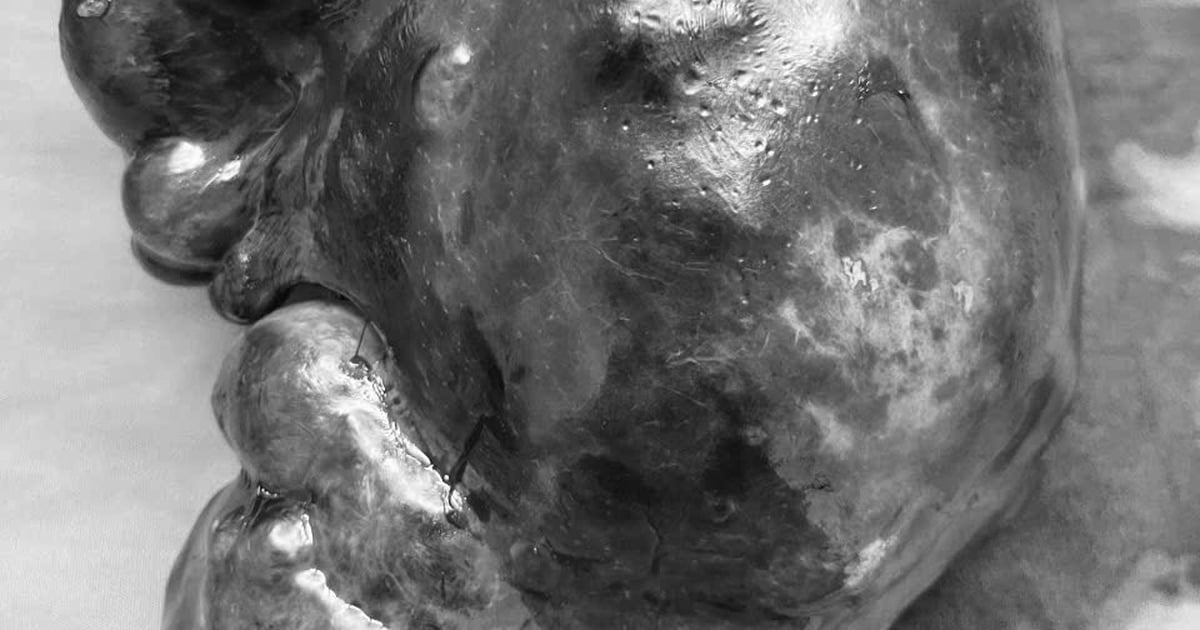Demodex, a parasitic mite less than a millimeter long, often crawls out of its hiding place and becomes active on the human face at night.
Demodex mites taken from human skin seen under a microscope. Video: Journey to the Microcosmos
James Weiss, a microscopist at Bournemouth University in the UK, filmed Demodex mites living on his face. Weiss noticed a small black spot on his forehead and scraped it off with a glass slide before placing it under a microscope and filming it. He shared the footage on his YouTube channel Journey to the Microcosmos, the Mail reported on May 15.
Demodex mites are the smallest of the arthropods. They come out at night to feed on dead skin cells on the human face, then burrow into hair follicles and sebaceous glands to lay eggs. Despite their terrifying appearance, these parasites are harmless and hard to detect. They can even help remove dead skin cells.
Weiss’s footage shows globular droplets at the end of Demodex’s body, which are the sebum they have digested from human skin. Male and female mites usually pair inside hair follicles. They can mate all night, using melatonin, which is secreted by human skin at dusk. Larvae hatch in three to four days and mature in seven days, but their lifespan typically lasts only about two weeks.
Demodex are about 0.3 mm long, too small to see with the naked eye, and tend to spread through close contact between family members. Researchers have discovered about 65 Demodex species, but only two live on the human body: Demodex folliculorum and Demodex brevis. D. folliculorum lives in hair follicles while D. brevis lives in sebaceous glands connected to hair follicles.
Scientists estimate that between 23 and 100 percent of healthy adults have Demodex mites. We don’t know they’re there until we have a skin problem. Some researchers have suggested that the mites don’t have an anus, so they accumulate all their faeces during their life cycle before releasing them when they die, causing dermatitis. However, research published last year by experts at the University of Reading revealed that they do have an anus and aren’t the culprit behind many skin conditions.
An Khang (According to Mail )
Source link



![[Photo] Closing of the 11th Conference of the 13th Central Committee of the Communist Party of Vietnam](https://vstatic.vietnam.vn/vietnam/resource/IMAGE/2025/4/12/114b57fe6e9b4814a5ddfacf6dfe5b7f)
![[Photo] Overcoming all difficulties, speeding up construction progress of Hoa Binh Hydropower Plant Expansion Project](https://vstatic.vietnam.vn/vietnam/resource/IMAGE/2025/4/12/bff04b551e98484c84d74c8faa3526e0)






























































































Comment (0)